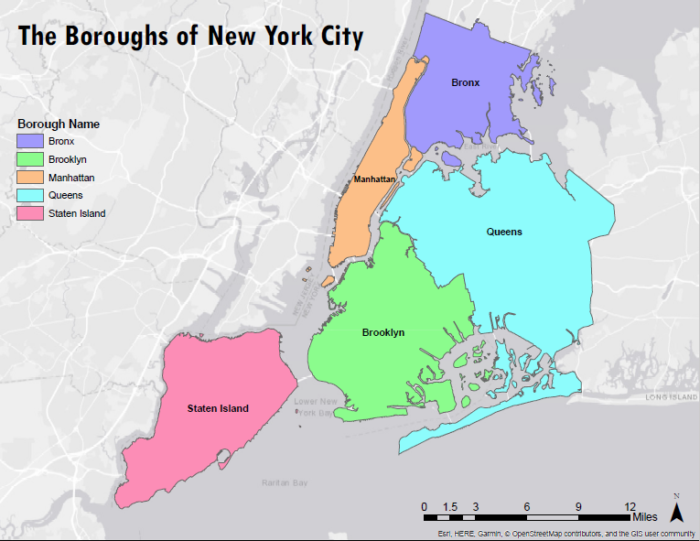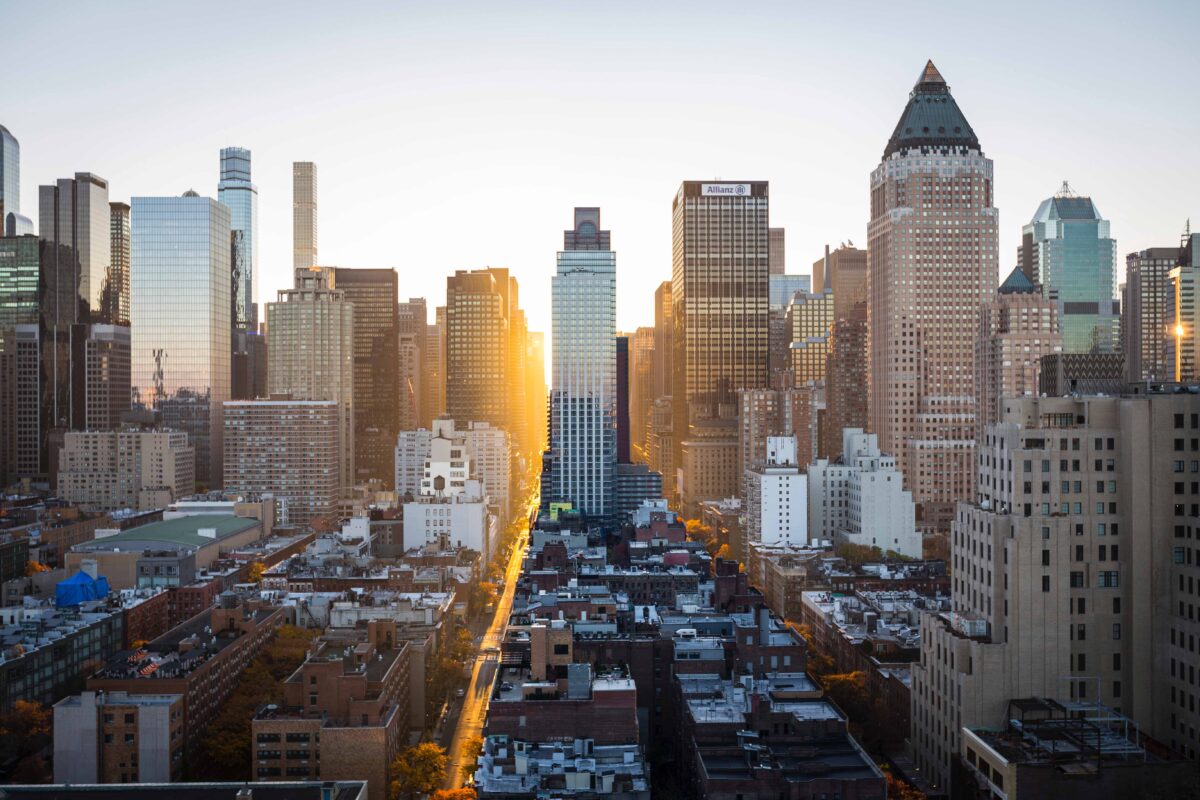The New York City Public School System is one of the largest in the world, serving more than 1.1 million students taught in 1,700 schools across the city. Like many urban centers, New York City is a diverse area that often is seen as acting as a microcosm of the nation as a whole. Yet, as the city can reflect the diversity of the United States, it also is a great reflection of its inequalities. A recent report listed NYC schools as among the most segregated in the Nation.
New York City has undergone many changes in its educational system, including changes in who is qualified to teach, who leads schools, switches from school zoning to school choice, and countless efforts at creating and maintaining racial diversity within its schools. Public schools in New York City are historic and present sites of contentious civil rights polemic. This creates NYC as an interesting case study that intersects wider social and political events with education. These efforts have come in many forms and have characterized the depth of the New York City school experience to this day.

A Map of the five boroughs of New York City. Created by Kira DeSimone
Our team is made up of three students from Barnard College, a college in Manhattan, New York City. As we are located in the city, much of our coursework and experiences centers around learning about the, its history, its environment, and its people around us. This allows us not only to conduct secondary research, but to have the opportunity to attend many sites of primary research in the area as well such as libraries, museums, and archives. However, as students in the city who are not from the city itself, we realize and understand the limitations that our college context places on our understanding of the issues of education, and are working to learn more and work towards a more cohesive and comprehensive understanding.
